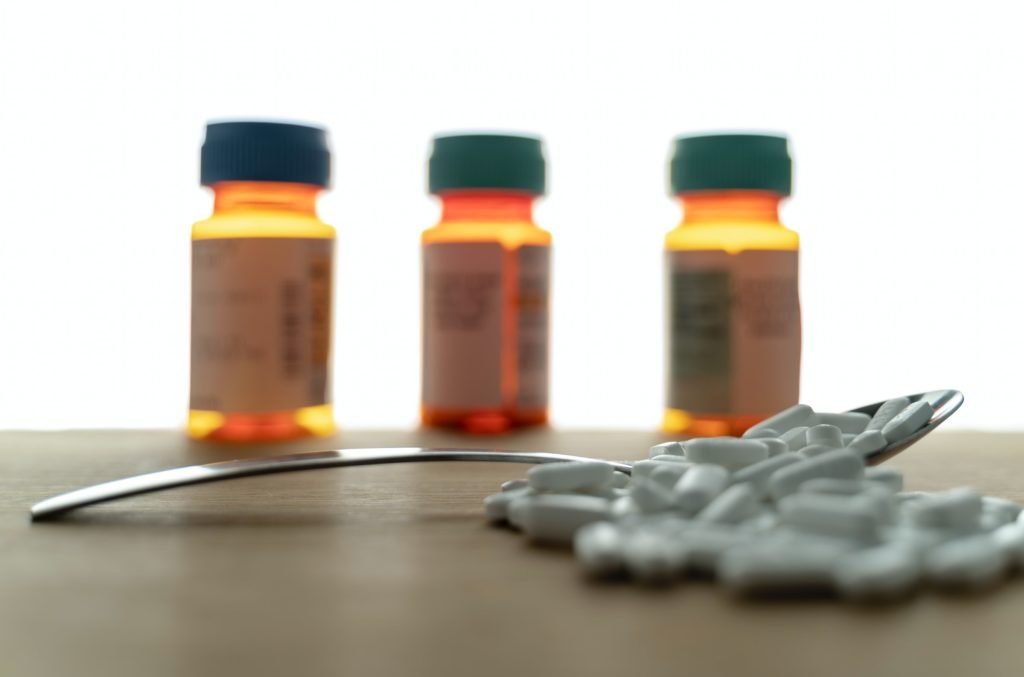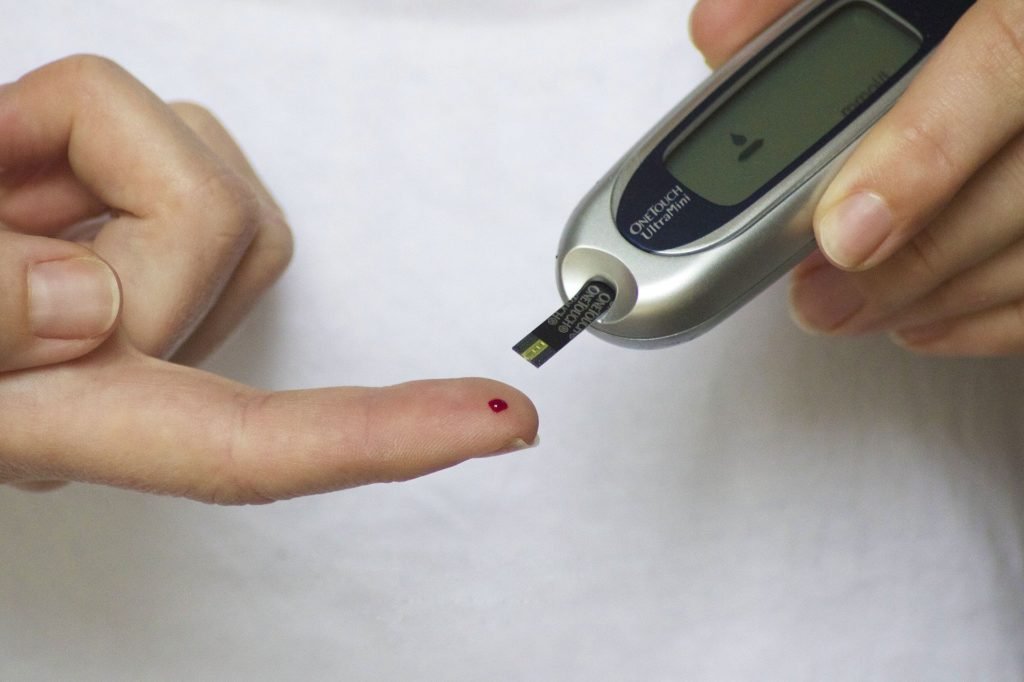Did you know that about 40 million people in the US suffer from varicose veins? Varicose veins are common, but you are likely to develop them if you have a family history, are pregnant, or are overweight. They are more likely to occur in women than men. The varicose veins New York specialist Satjit Bhusri provides comprehensive care for varicose veins to lower your risk of complications and improve your appearance. Read below to learn more about varicose veins.
What are varicose veins?
They are large, protruding, and discolored veins on your leg surface. Varicose veins usually occur in the legs. They develop when blood accumulates in your veins.
Besides their unpleasant appearance, varicose veins may cause uncomfortable symptoms, including;
· Burning sensation
· Itching
· Cramping
· Aching
· Skin discoloration
How do varicose veins occur?
Typically, the veins carry blood to the heart. They have valves that help with blood pumping and prevent the backflow of blood. Unfortunately, when the valves are not functioning or are weak, they may allow a backward flow of blood, causing blood to pool in your veins.
You have a high chance of varicose veins if you spend long hours standing or are overweight. Varicose veins may also occur if you have a peripheral vascular disease that weakens your veins. A peripheral vascular disease indicates a vascular health problem.
When to visit a doctor for varicose veins?
You must make an appointment with your provider if you have varicose veins. Varicose veins signal a vascular health problem and may lead to bleeding veins, leg ulcers, and blood clots when not treated.
Your doctor evaluates your legs and checks your skin temperature and pulse in the ankles to assess your peripheral vascular health and varicose veins.
They use vascular ultrasounds to image your veins better and point out areas with weakness and blockage. Your provider uses the test results to design a personalized treatment plan to enhance vascular health.
Treating varicose veins
Your treatment plan at Upper East Side Cardiology aims to address your specific needs.
First, they may suggest elevating your legs when sitting, wearing compression stockings, and avoiding extended standing. Your provider may also recommend exercise, including a quick walk, to help improve circulation.
If your varicose veins do not improve or put you at risk of health complications, your provider may recommend other treatments such as;
· Radiofrequency ablation
· VenaSeal
· Sclerotherapy
· VeinGogh
The procedures work by closing and sealing the varicose veins. After sealing the damaged veins, your blood reroutes to flow into the nearby healthy veins. Varicose veins disappear after some time.
If your varicose veins indicate other vascular problems, your provider may recommend other treatments or advanced evaluation to enhance your vascular health.
Varicose veins are blue or purple, large veins in your legs. They may feel uncomfortable and even cause symptoms such as pain, itching, or burning sensation. It is right to see your doctor when you notice the varicose veins. Your provider performs a thorough evaluation and designs a customized treatment plan. Contact Upper East Side Cardiology today to schedule your consultation.


